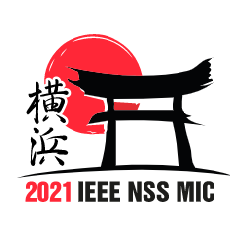Single photon counting detector with picosecond timing resolution
Come hear our colleague Amelia Markfort present at IEEE NSS MIC 21st October
Investigating machine learning solutions for high-speed data analysis and imaging of a single photon counting detector with picosecond timing resolution
Limitations in algorithmic data analysis techniques for image processing of photon detection devices are
becoming increasingly apparent. Use of high channel count electronics and increasing photon rates are
demanding vast reductions in processing time. In this paper we propose a model which demonstrates
robustness for the necessary calibrations in both the single photon counting detector and the electronics.
Calibrations presented include amplitude walk, correlation between charge and time over threshold (ToT)
and variation in channel threshold and timing. Optimisation of hyper-parameters within the network such
as learning rate, model architecture, optimisers and loss functions have been assessed and are presented
within the paper. The machine learning model is trained and tested on a simulation, modelled as a Time
Correlated Single Photon Counting system (TCSPC) camera with 256 channels. The Multi-Anode
PhotoMultiplier Tube (PMT) is characterized with a 16 × 16 array of pixels: each pixel with an RMS single
photon timing of < 70 ps. A further novelty to this work is our objective to increase the spatial resolution,
from the native 16 × 16 to a higher spatial resolution using charge sharing. We detail assessment of the
performance of our approach compared to an algorithmic data analysis model and demonstrate statistical
guarantee of the robustness and stability of the model. Further objectives of this research include testing
the model on detector data and accessing the variance between the results from simulated and real data.
Acknowledgment
This work was supported by Innovate UK and STFC as part of a KTP grant 1024501
A. Markfort1, 2, A. Baranov1, T. M. Conneely2, A. Duran2, J. Lapington1, J. Milnes2, A. Mudrov1, I. Tyukin1
1 University of Leicester, School of Mathematics and Actuarial Science, Leicester, United Kingdom
2 Photek Ltd., St Leonards, United Kingdom


